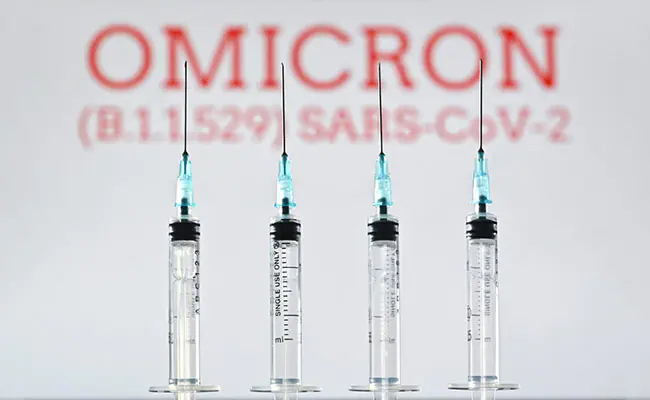The Omicron Variant
A new variant of COVID-19 has emerged and entered the United States: the Omicron variant. Omicron was first detected on Nov. 24, 2021 in South Africa, and as of Dec. 10, 25 U.S. states have detected cases of Omicron.
The Center for Disease Control and Prevention (CDC) classified Omicron as a “variant of concern (VOC)”. According to the CDC, a VOC is, “A variant for which there is evidence of an increase in transmissibility, more severe disease…, significant reduction in neutralization by antibodies generated during previous infection or vaccination, reduced effectiveness of treatments or vaccines, or diagnostic detection failures.”
Omicron was pronounced a VOC due to it’s makeup, an attribute which may necessitate public health intervention. Omicron has more than 30 mutations in its spike protein. The spikes are what get a virus to enter the cells. The vaccinations get our immune system to recognize the spike protein as foreign and build up our defenses against them.
According to Nature.com, “Previous studies of Omicron’s spike mutations… suggest that the variant will blunt the potency of neutralizing antibodies.” This means that the danger with having so many mutations in the spike protein is that it can mutate the protein enough so that our immune system won’t detect it and will have less defenses against it. This potentially makes Omicron a larger threat, and one that may be harder for our bodies to get over.
Omicron was first detected in South Africa. There at Lancet Laboratories, they discovered that the virus had changed and was different from its normal genome profile. This coincided with an increase of cases of COVID. A few weeks later, South African scientists found the new variant of COVID and called it “Omicron.” All new discovered variants are named after letters in the Greek alphabet, and Omicron is named after the 15th letter.
This mutation is fast spreading, and quickly entering many countries. As of now, at least 63 countries have reported cases of Omicron, and that number is expected to rise. The U.S. was the 24th country to report a case of Omicron. This case was in California, in an individual who was traveling back from South Africa. A second U.S. case was reported in Minnesota– in an individual who was traveling back from New York. Both of these individuals were fully vaccinated. Since then, Omicron has become present in more U.S. states.
At this time, it is unknown how much protection the vaccines will offer against this variant. There is hope that both vaccinations and the booster shot will still offer adequate protection. Due to the many unknowns of protection against Omicron and the severity of this mutation, it is important to continue to take the necessary precautions to prevent the spread of Covid. Although many treat it like it is, COVID is not over. It still is spreading, so please, continue to wear your mask, and if your vaccinations are more than six months out consider getting a booster shot.

Hi! I am Aria Dwoskin, and this year I am the Editor-in-Chief of the Berkley Spectator! I am a senior, and this is my fourth year on The Spectator. I...







